by Mike –
A My Car Quest reader, Doug Kneis, of Katy, Texas asked me about the AC 378 GT Zagato which was previously called the Perana Z-One. I did not know much so after a little research here is what I now know.
From a Zagato press release dated March 2012,
The legendary 111 year old AC brand is continuing with its Anglo Italian heritage and is pleased to launch the AC 378 GT Zagato. The new AC 378 GT Zagato, is also the latest in a long line of collaborations with the very best British car manufacturers during the Milanese Atelier’s 93 years history. These include not only AC but also Aston Martin, Bentley, Bristol, Jaguar, MG, Rolls Royce and Rover.
AC and Zagato first cooperated in 1957, creating the AC Ace Bristol Zagato one off, a pure racing GT Berlinetta today considered an instant classic in the AC model portfolio. It was designed with the typical Zagato double bubble roof and equipped with a 2 litre inline 6 engine. After two years of testing, about ten AC 378 GT Zagato pre-production units have been completed in Port Elizabeth, South Africa where the AC 378 Zagato’s manufacturing facility is based. The cockpit’s layout is entirely defined by perfectly matching the body’s smooth lines, according to the typical Zagato’s minimal design cues.
Throughout 2011 the AC 378 GT Zagato has undergone heavy track testing in order to optimize handling & performance and maximize the vehicle’s response thanks to a very favorable power to weight ratio. While first deliveries are foreseen starting from mid 2012, AC and Zagato are already conceiving a new roadster concept that follows the tradition of the instant classic roadster. That means a design that is not simply derived from the coupe version but is more in line with the heritage of the classic Cobra. It is expected to be very different from the AC 378 GT Zagato Coupé.
The AC 378 GT Zagato is powered by a General Motors 6.2-liter V8 engine that delivers 434 hp. The steel tube space frame chassis is wrapped in a light weight fiberglass body. The top speed is quoted at 185 mph and it will go 0 to 60 MPH in less than 4 seconds.
The AC 378 GT Zagato is being manufactured at the facility in South Africa formerly known as Superformance. It is not clear to me what AC contributes in addition to their name and logo.
The price is $145,000 – which considering the whole package including the Zagato and AC brands seems like a reasonable price to me assuming it looks as good in person as it does in these photos.
Could this become a future classic collector car? It is priced at the same level as the Ford GT when it was new which now sells for $200,000 or more. Like the Ford GT it has important brand names behind it (AC and Zagato), although it does not have the racing history of the Ford GT40 that the Ford GT was based on.
Let us know what you think in the Comments. Could this be a future classic collector car?
Photos of the AC 378 GT Zagato supplied by Zagato.
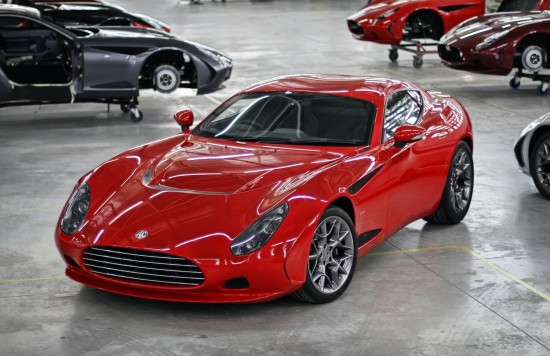
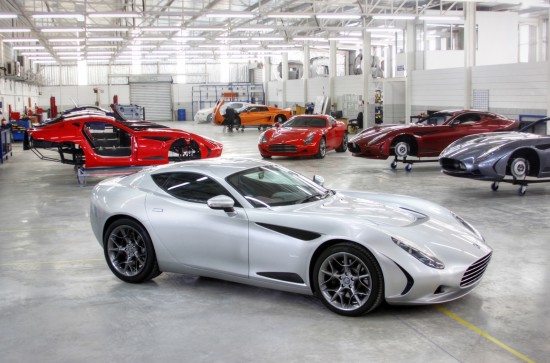

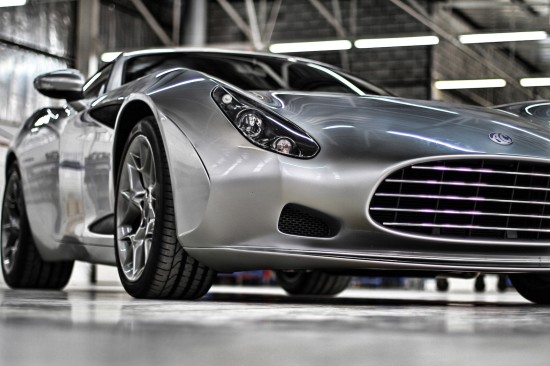

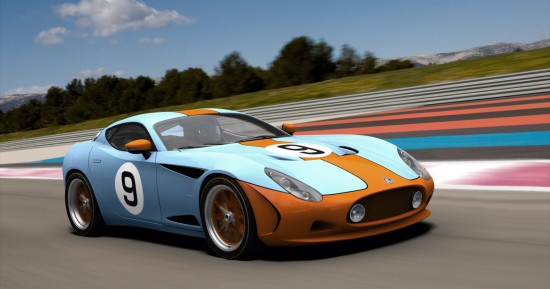
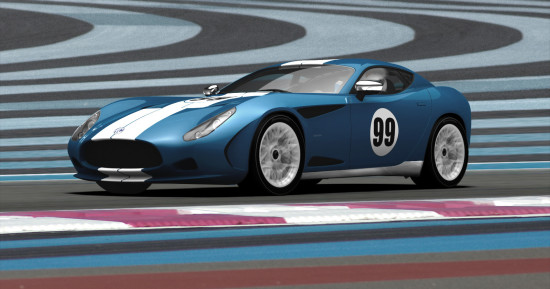
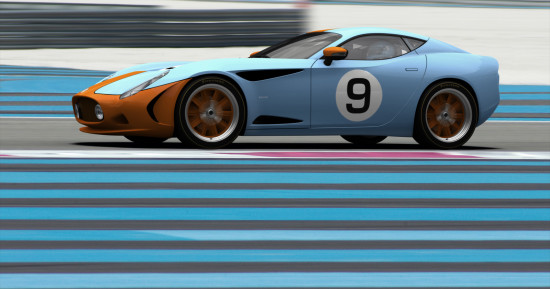
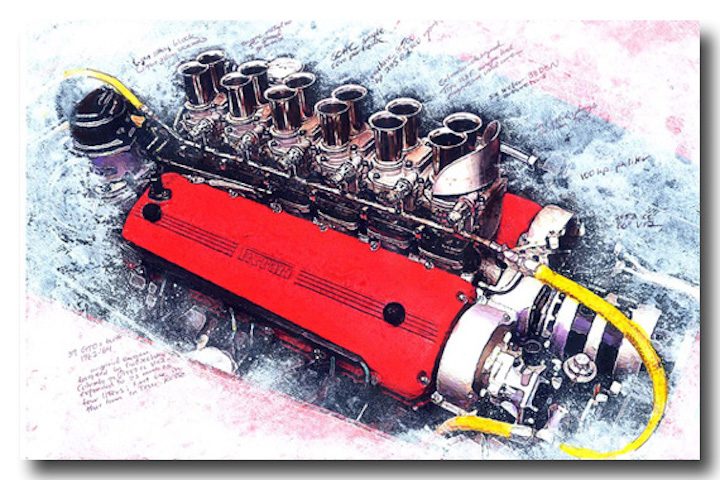

Although attractive, the fact that it is assembled in South Africa in what looks to be very limited quantities, with some kind of licensing deal from AC and Zagato, indicates to me that this will be a boutique product, that will be difficult to unload once it is purchased. It reminds me of the Panoz and other limited production supercars. Perhaps if the car were actually being put together in a British AC plant or an Italian Zagato plant, I would not be so skeptical. I wish them all the success in the world, although the fact that most of us are hearing about this car now from a March 2012 press release, does not bode well. Glenn in the Bronx, NY
I saw 2 of these at our local Supercar Sunday in Woodland Hills, Cal. I took pictures and as soon as I find them I’ll send them to you.
I am glad that no cash changed hands on the ordering of this vehicle. I was completely sold on this package until I questioned availability in a reasonable time frame. As you know, only a handful of Perana’s were licensed through Superformance then it fell off the face of the earth returning as an AC 378. Design flaws were detected and the assemblers were basically left high and dry. Replacement parts are not available so it’s only a show queen. I was personally warned by a reliable source with hands on experience with a number of these vehicles to “run” not walk away. I’m saddened by this failure but hey….the pictures look great!
The reluctance to get involved with the Perana is appropriate for the predecessor company, but I have more expectation that Jim Price’s Superformance operation can and will rescue it, as its successful marketing of the Superformance Daytona has demonstrated. I see much similarity under the skin to the Daytona, which was engineered properly with the help of Bob Negstad, Wes Schultz, the Roush organization and Pete Brock, and then developed by Dennis Olthoff. As the Perana it was almost certainly receiving subassemblies from Superformance already, but how those were being used cannot be determined. At any rate, the prejudice against even a very finely finished fiberglas car, rather than what might more properly have been an alloy skinned machine does mitigate against full acceptance. It did so even to the “vitroresina” Dinos back when.
Commenting on the Panoz Esperante, the actual cars were surprisingly worthy from a craftsmanship standard, but their quirky looks prevented them from finding favor at the premium asking prices. The problem stems from the nature of offering a “comprehensive” car that is expected to have all the refinement of a billion dollar investment and the reliability of an established brand. Indifferent looks will invariably consign such to failure. A less lofty endeavor, like a Caterham might find buyers even when homely, if pitched as merely a weekend track day item, but only if possible to sell at Miata prices. That last I know to be impossible unless the labor comes from the third world. I am not sure South Africa deserves to be called “third world” these days, but its labor is still cheap and yet competent.